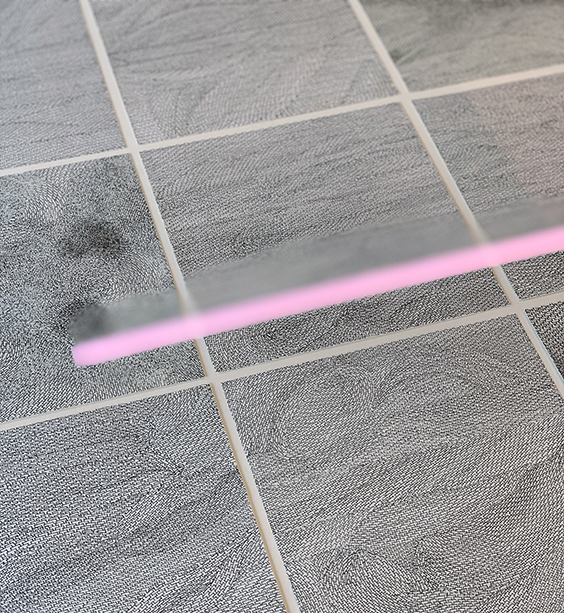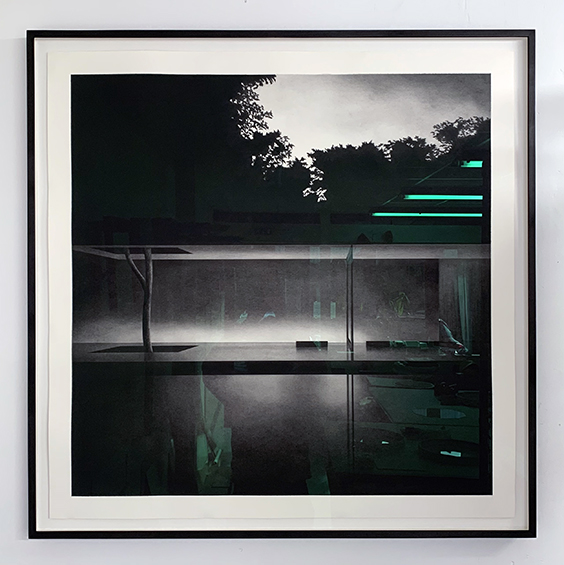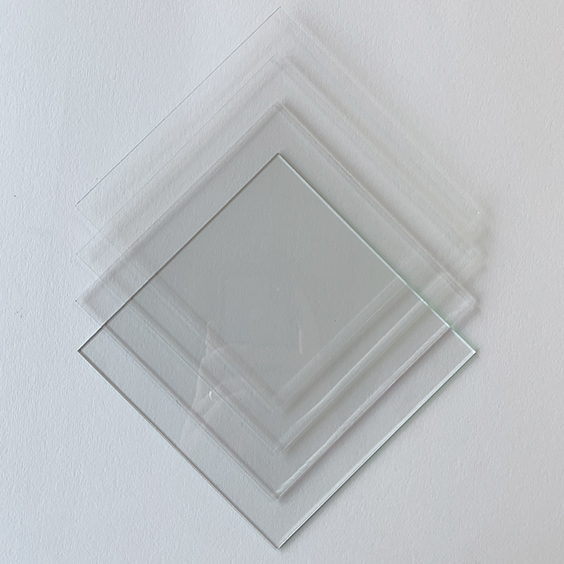Glazing Types
Key Factors
There are three key characteristics about glazing that are helpful to understand:
UV Protection
Exposure to ultra violet wavelengths can result in chemical degradation of pigments and discolouration of substrates, especially papers that contain lignin from purified wood pulp.
While we do not necessarily know the chemical make-up of an artwork and are often reassured by terms like ‘archival pigment print’, it is a worthwhile precaution to treat most artwork that will spend its lifetime on permanent display in a naturally lit environment with caution.
Strong sunlight poses a risk but UV wavelengths permeate cloud cover and are as prevalent on an overcast day. True shade, UV protective window treatments and some artificially lit environments are less problematic.
Reflection / Appearance
Anti-reflective glazing is our preferred choice and we offer this as standard.
Reflection is impossible to entirely eliminate and we stress that if you do choose anti-reflective glazing there are some viewing angles that will return some reflection.
That said, the specific anti-reflective glazing that we favour offers 98% light transmission and when installed with consideration to the surroundings, especially when viewed face-on, it is virtualy invisible and it can be hard to distinguish that any glazing is present at all.
Colour fidelity is absolutely optimum. Anti-reflective coatings are applied to a low-iron glass substrate and are most readily compared to spectacle glass.
Durability
The safety of glazing can be a very important factor; for instance the highest levels of UV protection are irrelevant if on moving the work a broken piece of glass should tear or scuff a valuable work.
Acrylic glazing or laminated glass are two possible solutions.


